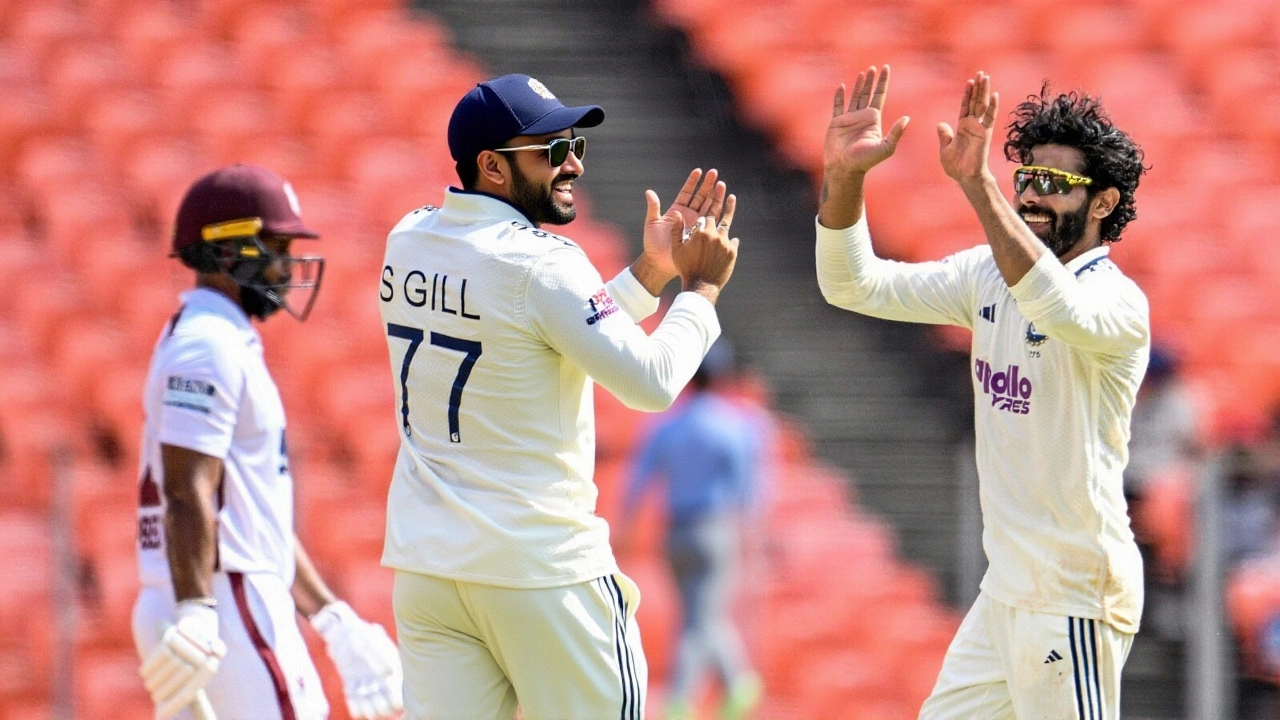Test cricket – the heart of the longer game
When you hear Test cricket, the five‑day format that tests skill, stamina and strategy. Also known as the longest form of the game, it remains the benchmark for cricketing greatness. The Board of Control for Cricket in India (BCCI), India’s governing body for cricket orchestrates most of the international fixtures involving the Indian team. Meanwhile, the Asia Cup, a One Day International tournament that often dictates scheduling windows can push Test series into tight‑fit slots.
Because Test cricket stretches over five days, it demands careful calendar management. The BCCI must balance the desire for marquee series with the need for player recovery. That’s why you’ll often hear talks about a “rest period” after a long tour – the board wants players fresh for the next challenge. The scheduling decision isn’t made in isolation; it ties directly to other events like the Asia Cup, which can compress the window for a Test series.
Why the India vs Sri Lanka series matters right now
One of the hot topics on the BCCI’s desk is the proposed India vs Sri Lanka series for mid‑August 2025. Sri Lanka has floated a six‑match white‑ball tour, but the Test agenda is also in the mix. If the board approves, the series could become a platform for senior stars like Virat Kohli and Rohit Sharma to make a comeback after a short break. Those two names pop up whenever the conversation shifts to experience versus rest – Kohli’s fitness regimen and Sharma’s batting form are both under the microscope.
Player workload is the silent driver behind every decision. When the calendar is packed with ODIs, T20s, and Test matches, cricketers face the risk of burnout. The BCCI’s recent meetings in London highlighted how a two‑week August rest could preserve peak performance for the upcoming Asia Cup and the later Test season. Coaches, fitness staff, and even broadcasters are part of that calculus – everyone wants the best product on the field.
Fans also play a role. The Indian crowd loves the drama of a five‑day battle, but they’ve grown accustomed to the excitement of limited‑overs cricket. By aligning a high‑profile Test series with the Sri Lankan tour, the board hopes to keep the traditional format in the spotlight while still delivering the quick thrills of ODIs and T20s. It’s a delicate dance: honor the legacy of Test cricket, give veteran players a chance to shine, and keep the schedule realistic.
Looking ahead, the future of Test cricket will hinge on how well the BCCI and other boards can juggle these competing demands. Emerging markets, new stadiums, and the rise of franchise leagues add layers of complexity. Yet the core idea stays the same – a Test match is where technique meets endurance, and where legends are forged. Below, you’ll find a curated set of articles that dive deeper into the series plans, player fitness debates, and the broader impact of tournaments like the Asia Cup on the longest format of the game.
India post 286‑run lead as Rahul, Jurel, Jadeja each hit centuries
India surged to a 286‑run advantage after KL Rahul, Dhruv Jurel and Ravindra Jadeja each hit centuries in the first Test at Ahmedabad, leaving West Indies reeling.
Arvind Chatterjee | Oct, 5 2025 Read More
